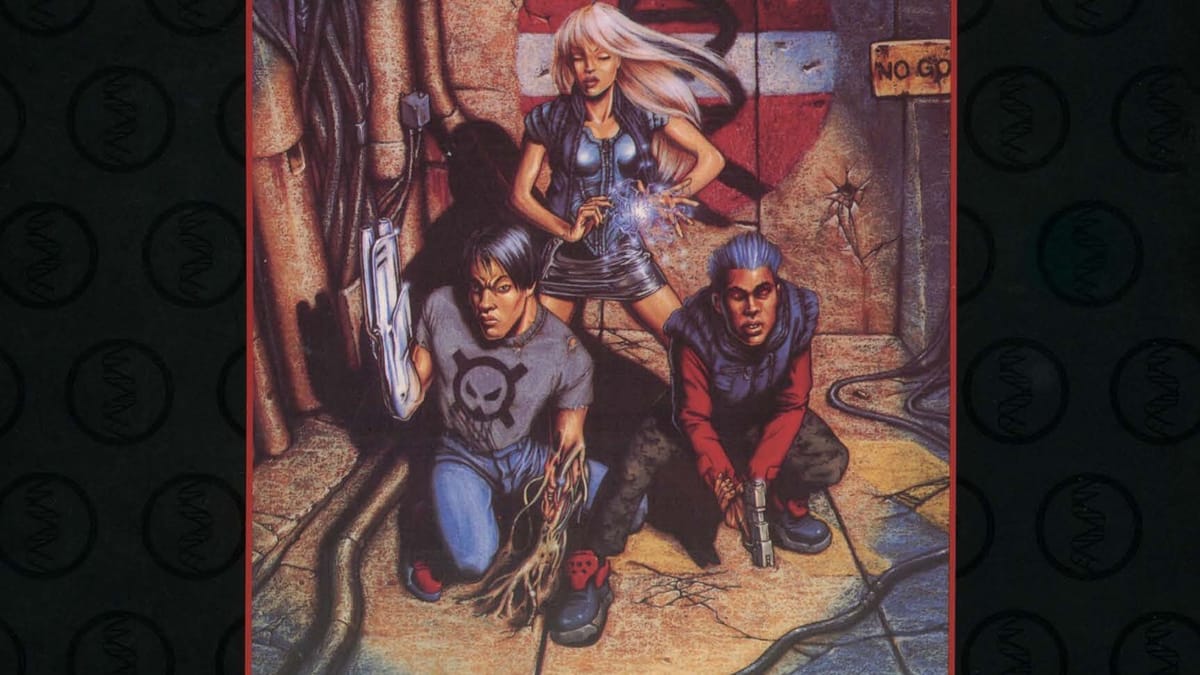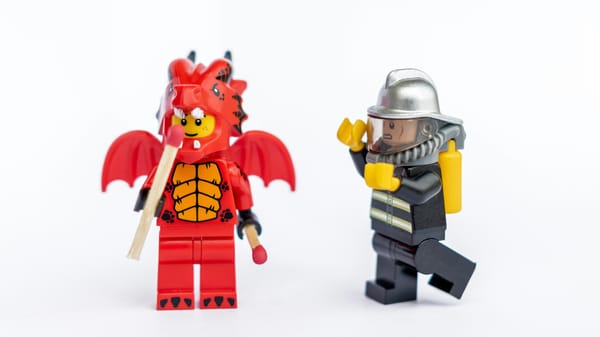Talking ‘bout Cybergeneration
The Rascals take a detour through 1995 on their way to explore 2027.

Caelyn: Cybergeneration is 30 years old this year and has been one of my favorite games for almost that entire time. Set in the far, far future of 2027, it’s a standalone spin-off of Cyberpunk 2020, Mike Pondsmith’s seminal game of technological dystopia, based on a supplement that was released a couple of years earlier. It shifts the focus from grizzled solos and chromed-up deckers to kids; tweens and teens who run in one of a number of gangs, ranging from takes on familiar subcultures like bikers or goths, to unique creations like FaceDancers, who get their teenage kicks from impersonating celebrities with the help of hi-tech sculptable masks. These young punks receive a call to adventure in the form of a nanotech plague ripping across the Incorporated States of America, killing adults and either leaving children unharmed, or giving them superpowers.
Cybergeneration has remained a favorite for me for all these years because every time I introduce it to a new group of players, it catches them off guard. For better or worse, people have a lot of preconceived ideas about RPGs from the ‘90s, especially when you tell them it’s based on the notoriously splat-book-heavy Cyberpunk 2020. Cybergeneration manages to be simultaneously very much of its time and way ahead of it, and that surprises people. Through the reaction of my players, I get to reassess the game all over again, and I’ve yet to find it wanting.








